Expanding westward into the sea, with the Aegean to the north and the Mediterranean to the south, the Datça peninsula is connected to mainland Anatolia by a thin strip of land less than a kilometer wide. This veritable island may be the furthest you can get away from Turkey, while still actually being in Turkey. The rugged hills of the peninsula are covered with wild forests of pine and maquis while the villages and plains host locally farmed olive and almond trees. At 1144 mt, Mount Kocadağ forms somewhat of a border between north and south with its dry, pine-covered southern slopes completely unlike the humid environment full of dense vegetation of the north, created by cloud formations bouncing off the mountain. The green of the landscape is in sharp contrast with the winding clear-blue coastline and over 50 small beaches, tirelessly surrounding the peninsula on all three sides. Until the main road was built about 20 years ago, the peninsula was virtually inaccessible overland; this helped preserve the pristine region’s authentic look and culture, and it’s far away location continues to keep the crowds away even today.
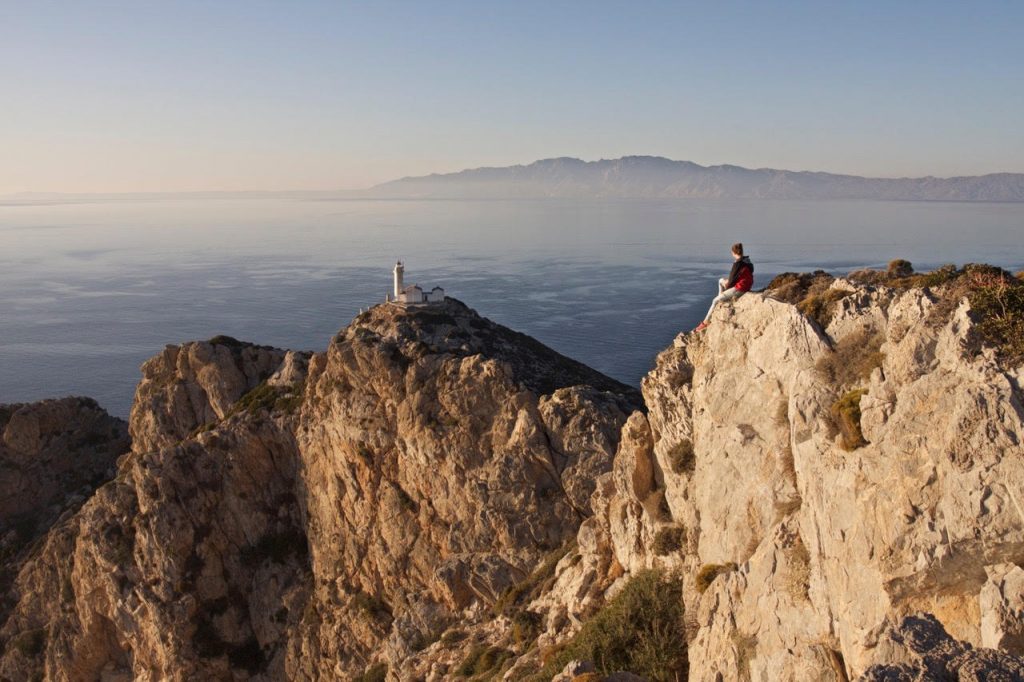
For me, Datça wasn’t just a place to pass through; I stayed for a full three months and have somehow been drawn back many times since. The diverse landscape makes for endless exploring possibilities. While you’ll be able to find all manner of options as far as accommodation, shopping, and eating out in hotspots such as Palamutbükü and the town of Datça itself, off the tourist track, facilities (i.e. modern civilization), is harder to come by.
If you are looking for the true Datça experience, I suggest avoiding the crowded and often overpriced areas and venturing deeper into the villages and unmatched nature. That also means you should be prepared to camp, carry supplies with you, and use your very own feet for transportation.
Once described as taking 18 hours on horseback, getting to Datça isn’t quite the journey it used to be, as there are now frequent buses running from Marmaris and a ferry between Datça and Bodrum. Your first stop will likely be the central town of Datça, which will be a good opportunity to stock up on supplies, but in my opinion, other than a few nice cafes lining the waterfront, there isn’t much to see here. The district center wasn’t moved here until 1947, before which the modern town was just a small district of what is now known as Eski (Old) Datça. Old Datça’s flowery cobblestone streets are lined with small shops and cafes; its cute and historic feel make it worth visiting before running off into the forest.
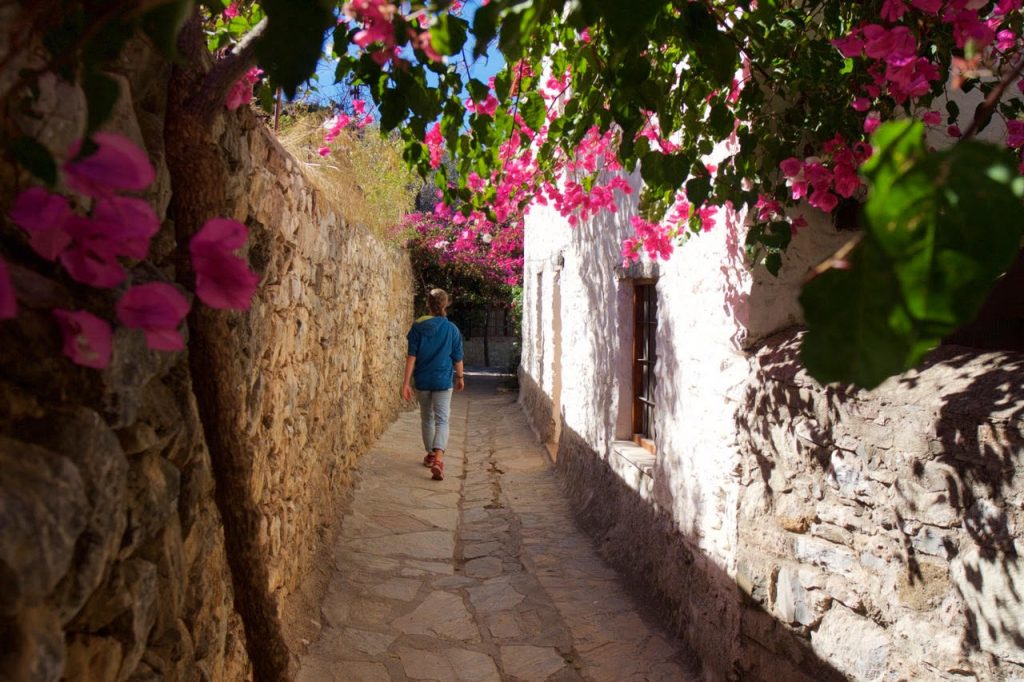
In addition to Old Datça, the villages of Reşadiye and Hızırşah offer a touch of the same traditional atmosphere while seeming more real, less staged. (Plus there’s a great winery located in Reşadiye.) But as they are real villages with real villagers who drive broken down tractors and sometimes throw rotten onions on the ground, Old Datça still remains the best for those of us after Instagram likes.
As for Datça’s second most popular attraction, the remains of the ancient city of Knidos, which was relocated from its location near modern day Datça in the 4th century BCE, now reside at the northern-west tip of the peninsula. Go for the ruins but stay for the sunset from the lighthouse, just a kilometer walk away. Or better yet, while in the neighborhood take advantage of one of the best sections of the entire Carian Trail (the hiking route that runs around the Datça peninsula… and Bozburun, Gökova, and the Latmos mountains). The walk starts from Değirmenbükü and continues over incredibly scenic coastal and inland paths for five kilometers before descending through surprising glimpses of ruins and ending in the ancient city of Knidos itself. The nearby inlet is also a great place for a relaxing swim, and you can silence hungry stomachs with a snack at the restaurant located just outside of the entrance to Knidos. Unfortunately, no public transportation runs straight to the site, or Değirmenbükü; the closest minibus stop is in the village of Yazı, eight kilometers away.
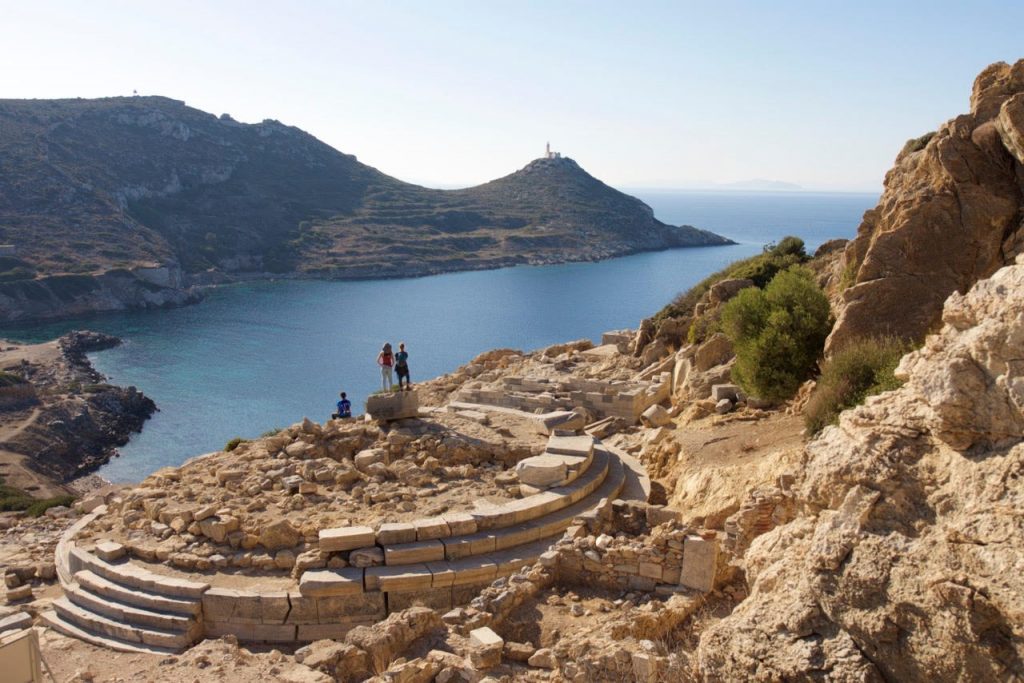
Also on the northern side of the peninsula lies one of the best remote beaches Datça has to offer. Merdivenli, meaning ‘staired’, beach is unreachable by car and therefore completely unspoiled. To get there, you’ll first have to drive (or bike or hitchhike) to Mersincik, about 8 kilometers on a dirt road running from the inland village of Cumalı. Then it’s another 2 kilometers through the Aegean jungle via everyone’s favorite form of transportation, their own legs. Towards the end of the beach, you’ll discover the mysterious ancient set of stairs to nowhere which gave the inlet its name. Campers beware, there is no source of water here, bring everything you’ll need with you.
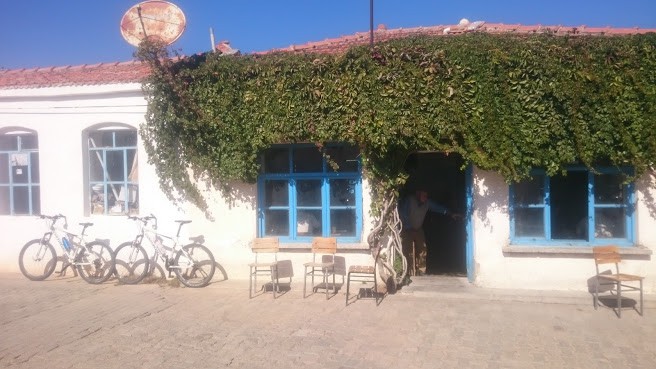
Actually, the northern coast in its entirety can be traversed on foot, allowing you to visit endless empty beaches and follow paths winding through the dense vegetation far away from any home or village for days on end. Some of the most spectacular bays and landscapes are found along this seemingly impenetrable stretch of coastline.
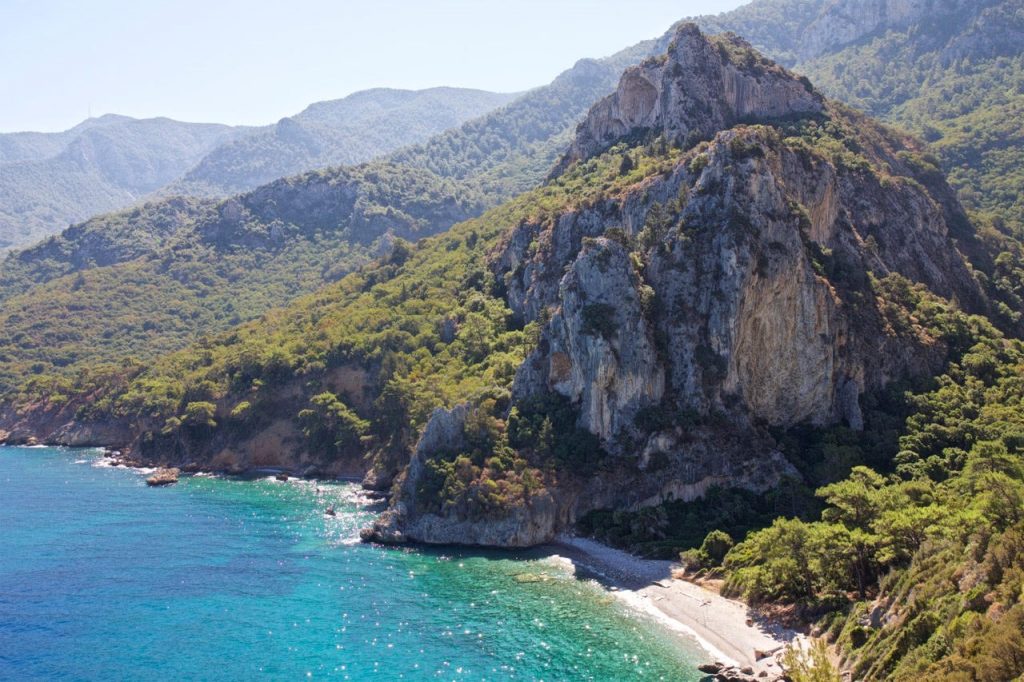
The Datça Peninsula is said to be most famous for almonds, honey, and fish, but in my mind, its defining quality is its wind. The incoming gusts protect the region from the scorching temperatures of summer common along Turkey’s southern coast. They also pass through any tiny opening in your windbreaker to freeze you to the bone during winter, especially when the sun is out, a cruel trick. You can never go too long in Datça without thinking about the breeze as the peninsula is dotted with 28 windmills, six of which are found near the village of Karaköy. Of the four open to the public, the northernmost is the best preserved with the internal mechanism still in place. Except for the external stone walls, every part of these mills are mobile; that means that the living quarters on the first floor, flour storage on the second, mechanical parts of the third floor, and the roof all spin with the wind. Although little visited, these historic mills are an important piece of Datça’s traditional agrarian culture, and a unique site to see.
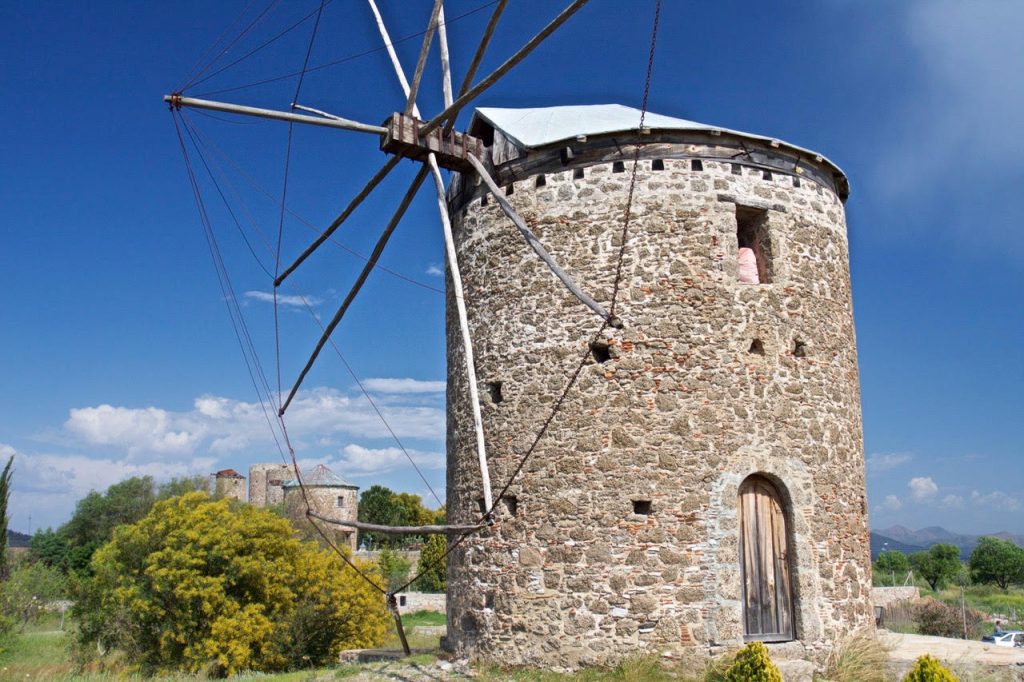
The possibilities are endless in Datça, with its countless beaches and endless coastline, miles of hiking trails, undeservedly little-known rock climbing area, numerous festivals, historical sites, pristine villages and so much more, it is a magically diverse place with a culture and natural environment all its own. Rapidly increasing in popularity, and rightly so, the time to visit is now.









